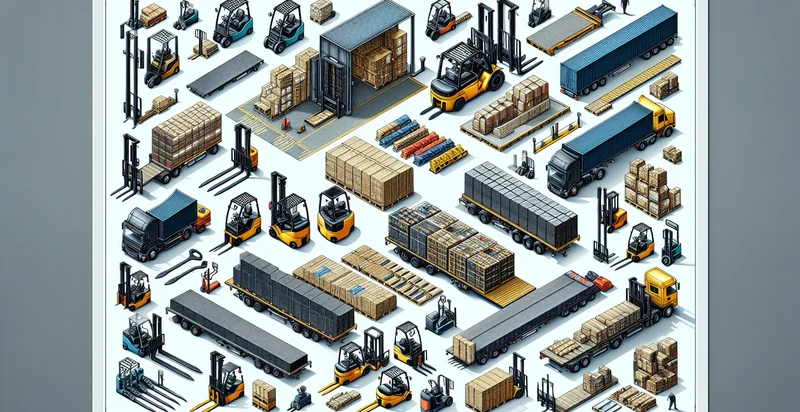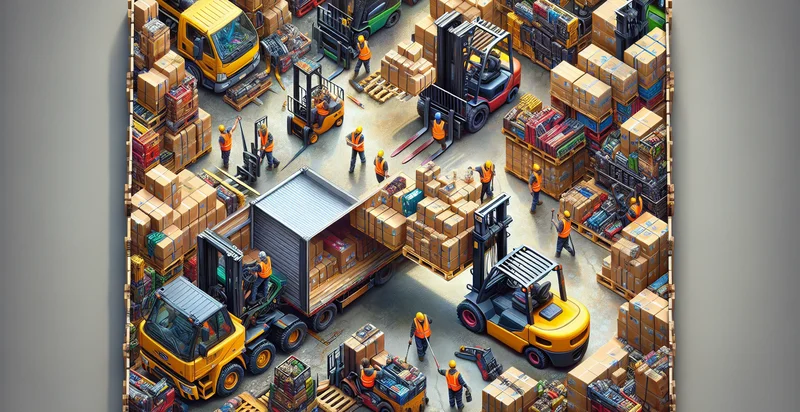Identify loading equipment types
using AI
Below is a free classifier to identify loading equipment types. Just upload your image, and our AI will predict what type of loading equipment it is - in just seconds.

Contact us for API access
Or, use Nyckel to build highly-accurate custom classifiers in just minutes. No PhD required.
Get started
import nyckel
credentials = nyckel.Credentials("YOUR_CLIENT_ID", "YOUR_CLIENT_SECRET")
nyckel.invoke("loading-equipment-types", "your_image_url", credentials)
fetch('https://www.nyckel.com/v1/functions/loading-equipment-types/invoke', {
method: 'POST',
headers: {
'Authorization': 'Bearer ' + 'YOUR_BEARER_TOKEN',
'Content-Type': 'application/json',
},
body: JSON.stringify(
{"data": "your_image_url"}
)
})
.then(response => response.json())
.then(data => console.log(data));
curl -X POST \
-H "Content-Type: application/json" \
-H "Authorization: Bearer YOUR_BEARER_TOKEN" \
-d '{"data": "your_image_url"}' \
https://www.nyckel.com/v1/functions/loading-equipment-types/invoke
How this classifier works
To start, upload your image. Our AI tool will then predict what type of loading equipment it is.
This pretrained image model uses a Nyckel-created dataset and has 19 labels, including Articulating Lift, Boom Lift, Container Handler, Conveyor, Crane, Dump Truck, Forklift, Front Loader, Hand Truck and Material Handler.
We'll also show a confidence score (the higher the number, the more confident the AI model is around what type of loading equipment it is).
Whether you're just curious or building loading equipment types detection into your application, we hope our classifier proves helpful.
Related Classifiers
Need to identify loading equipment types at scale?
Get API or Zapier access to this classifier for free. It's perfect for:
- Equipment Maintenance Scheduling: This function can identify specific loading equipment types in real-time, allowing maintenance teams to schedule inspections and repairs accurately. By analyzing the usage patterns, businesses can optimize their maintenance schedules to reduce downtime and extend the lifespan of the equipment.
- Inventory Management Optimization: By classifying the types of loading equipment being utilized, businesses can better manage their inventory of parts and supplies needed for different machines. This insight enables more efficient ordering processes, reducing excess inventory and minimizing shortages during peak operations.
- Safety Compliance Monitoring: The loading equipment types identifier can be utilized to ensure that the correct equipment is being used in compliance with safety regulations. By monitoring equipment usage, organizations can enforce safety protocols, reducing the risk of accidents and ensuring a safer work environment.
- Load Capacity Analysis: This function allows businesses to analyze the load capacities of different equipment types being employed. By understanding the operational capabilities and limitations, organizations can make informed decisions about resource allocation, enhancing overall productivity.
- Training and Skill Development: Identifying specific types of loading equipment can inform training programs tailored to bridge knowledge gaps among employees. This targeted approach helps improve workforce skills and efficiency in operating specialized machinery actively used on-site.
- Cost Analysis and Budgeting: By recognizing which types of loading equipment are frequently employed and which are underutilized, businesses can conduct a thorough cost analysis. This information assists in determining whether to phase out certain equipment or invest in new, more efficient machines, ultimately aiding budgetary decisions.
- Environmental Impact Assessment: The function can help monitor the types of loading equipment used in various operations, providing data necessary for assessing their environmental impact. This analysis can inform sustainability initiatives, as companies establish goals for reducing emissions and enhancing eco-friendliness in their logistics operations.


